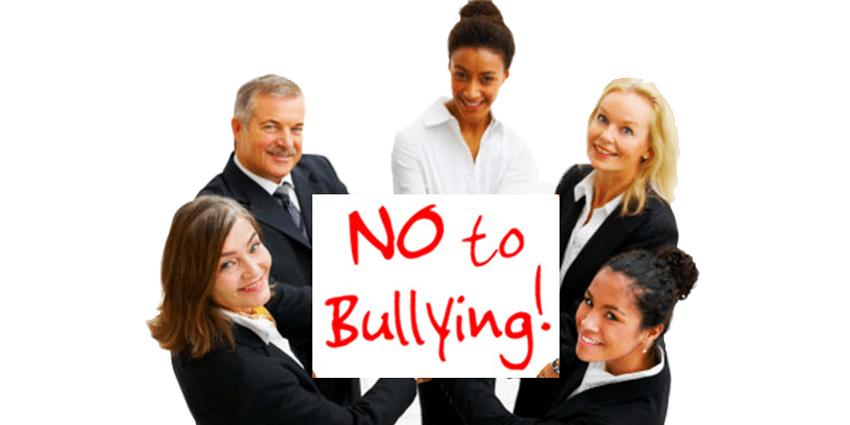Sexual discrimination & harassment is described by the Anti-Discrimination Board of NSW as when someone is “treated unfairly or harassed”. On the back of the recent Me Too media coverage, we look at the impacts in the workplace & resulting claims.
Workplace Sexual Harassment – As broadcast over all major Australian media outlets, the recent events that have been highlighted surrounding the ‘Me Too’ campaign in Hollywood have sparked conversation about sexual harassment particularly in a work-setting.
Sexual discrimination and harassment is described by the Anti-Discrimination Board of NSW as when someone is “treated unfairly or harassed because of [their] sex,… [and] unwanted sexual comments or abuse, unwanted sexual suggestions, offensive gestures and unwanted sexual contact”.
This indecent treatment of one another in the workplace is a prevalent issue in the workplace, accounting for 68% of sexual harassment experienced in Australia, as shown in the 2012 National Phone Survey by the Australian Human Rights Commission. It can be argued that it stems from a multitude of factors, including the lack of preventative education and action procedures in Australian workplace settings. Though, in recent years, there has been a general decrease in the prevalence of sexual harassment in the workplace [2012 National Phone Survey & 2016 Personal Safety Survey by the Australian Bureau of Statistics]. The Hollywood campaign has arguably lead to increased awareness of and action towards sexual harassment claims in the workplace – in an effort to further lower this unfortunate occurrence.
The origin of the problem – According to the 2016 Personal Safety Survey by the Australian Bureau of Statistics, the most common forms of sexual harassment for both men and women were inappropriate comments about their body or sex life and unwanted physical advances. The occurrence of these types of sexual harassment can be effectively lowered with appropriate procedures and actions in the workplace, as required under the Sex Discrimination Act – to take all reasonable steps to minimise discrimination and harassment.
As outlined by the Australian Human Rights Commission’s 2012 National Phone survey, employers should look to employ these 7 key strategies to address sexual harassment and create a safer workplace environment:
- Pre-employment education
- Employer education on responsibilities and liability
- Employer policies and training on how to identify and deal with sexual harassment
- Sharing knowledge of good practice in sexual harassment prevention
- Monitoring of behaviour
- Put in place an internal procedure for dealing with complaints and make employee’s aware
- Support services – women’s and men’s counselling and legal services
Additionally, it should be especially brought to the attention of all employees that people may be held vicariously liable for sexual harassment unless they have taken appropriate steps in order to prevent the incident from occurring. Instilling a safe culture and providing security to workers should be a priority, allowing them to conduct themselves and participate within a safer workplace environment, ultimately contributing to the efficiency of the company.
Unsure where to start? Email help@abilitygroup.com.au to contact our Human Resources and Work, Health and Safety consultants to assist you.
For further Articles on Workplace Bullying and Harassment click here.
For further information, please refer to:
Source: Australian Human Rights Commission
Title: “Me Too” Campaign – Sexual Harassment
Read/View Time: 5 Minutes

